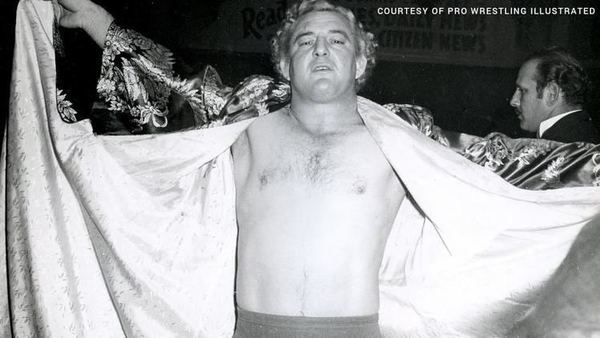How WWF Got So Big

Due to the champions’ schedule, many territories began creating regional titles to be contested in main events when the World Heavyweight Champion was working elsewhere. Without the top draw of a World Champion, ticket sales would decrease in many territories. Mid-South’s NWA Georgia Television Title was one such example of a mid-tier belt to be contested in lieu of the World Heavyweight Championship.
For Toots Mondt and Vincent James McMahon, New York’s Capitol Wrestling promoters, not having a World Champion consistently on their shows was unacceptable. McMahon was enamoured with the original ‘Nature Boy’ Buddy Rogers and even more so with the paydays, the Nature Boy helped create. Controversially splitting from the NWA in 1963 and instating Rogers as their own World Heavyweight Champion, the World Wide Wrestling Federation was born.
Under the helm of McMahon Sr and Mondt, WWWF focused more on babyface World Champions. Shortly after being crowned the inaugural World Champion, Buddy Rogers lost the title to Bruno Sammartino. Bruno went on to hold the belt for almost eight years in his first reign. The company reduced its shows to monthly extravaganzas and promoted an ethnically diverse roster appealing to the cosmopolitan New York City fanbase.
Into the 1970s WWWF began hosting their biggest events at Madison Square Garden. Pulling in close to 20,000 fans regularly, the federation’s appeal continued to grow throughout the territory. In a special event in 1976 titled ‘Showdown at Shea,’ André the Giant fought boxer Chuck Wepner in a predetermined boxer versus wrestler match. The main event of the Showdown was a special live broadcast of the Antonio Inoki versus Muhammad Ali bout taking place in Tokyo. 32,000 fans spectated unique exhibition contests, as well as regular wrestling bouts featuring some of the federation’s biggest stars. With such spectacular events, World Wide Wrestling Federation had gone international.